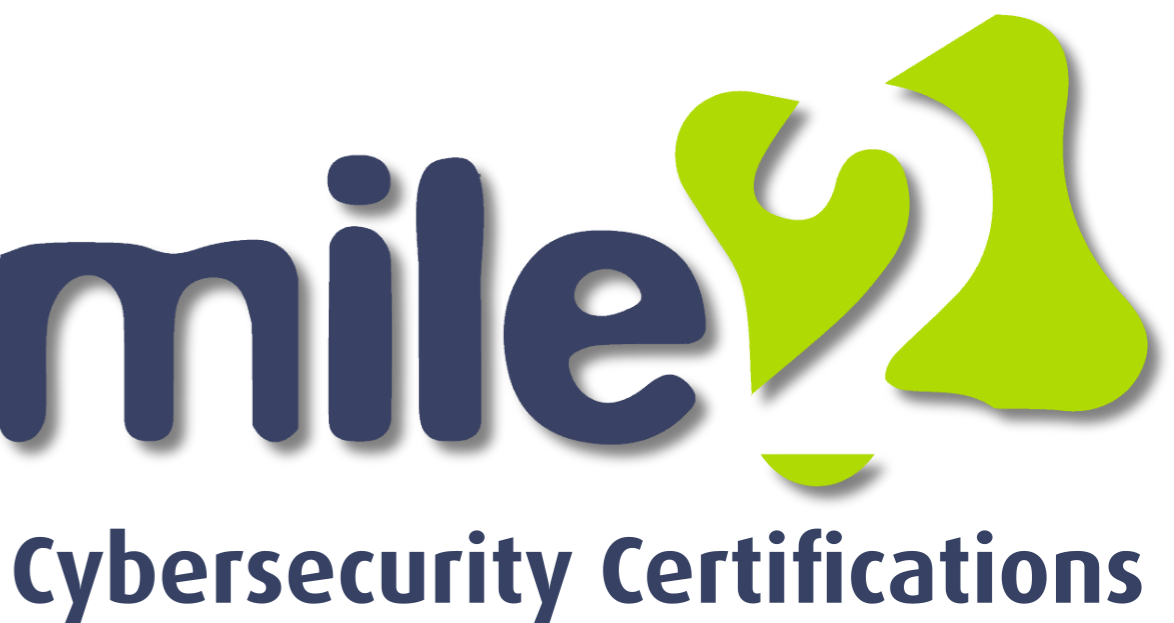OCU C)HT C Discussion Lesson 10
- This topic has 11 replies, 11 voices, and was last updated 3 months, 3 weeks ago by
James Settle.
-
AuthorPosts
-
-
November 17, 2023 at 12:04 pm #91898
Manny Varela
KeymasterDiscuss different types of troubleshooting methods with mobile devices.
-
July 29, 2025 at 7:08 pm #107386
Isabelle Tubbs
ParticipantLike with all troubleshooting, troubleshooting mobile devices involves identifying what the problem is exactly and what is causing it and then taking the next steps to find the solution. These problems could be very general or related to specific features, indicating a software and/or hardware problem.
For general issues, it can often be a wide variety of things. For example, a battery issue could be from problems with the adapter, port, brightness settings, or even the battery itself. If the system is slow or frozen, there might be too many applications running at the same time, there might not be enough storage, or the device might be overheating.
For issues with specific features, there may be problems with the touchpad, display, or speakers. If the touchpad is having issues, check if it is clean, not worn out, and configured correctly in settings. A display problem might be due to damage, display and brightness settings, or power failure. Finally, with speaker problems, first check that the sound is on, then look at the configured settings. If it is on and configured correctly but still not working, it could be a hardware problem.
-
August 4, 2025 at 10:39 pm #107488
James Settle
ParticipantHey Isabelle,
Good job giving a brief description on various issues you may troubleshoot on mobile devices. Glad you took the time to mention these issues can be software or hardware related, and then went on to give examples such as the battery where it can be something like the charging port, or something like a brightness issue. Sometimes having the brightness too high causes the battery to charge and discharge irregularly and lead to the battery swelling or loosing the ability to charge without the power cord being plugged in. Excellent work.
-
-
July 30, 2025 at 3:34 pm #107406
Carlos Martes
ParticipantTroubleshooting mobile devices involves several key methods to identify and resolve issues efficiently. Soft reset is the simplest method, involving restarting the device to fix minor glitches or freezing. App troubleshooting includes clearing cache, updating, or uninstalling problematic apps. Network troubleshooting deals with connectivity problems and may involve what is called toggling airplane mode, resetting network settings, or reconfiguring WIFI and mobile data. Battery and charging issues are also addressed by checking cables, ports and battery health. Operating system troubleshooting includes updating the OS or performing a factory reset if necessary. Hardware checks involve inspecting screens, buttons, or cameras for damage. Diagnostic tools which are built in or third party help detect deeper issues like overheating or even storage failure. Users often consult manufacturer support apps or forums for additional guidance. Following a step by step approach ensures accuracy and avoid unnecessary repairs or resets. Always back up important data before performing advanced troubleshooting because this is one of those issues that almost everyone runs across and forgets unfortunately.
-
August 4, 2025 at 2:27 pm #107480
Misty Stewart
ParticipantHi Carlos,
Your response on troubleshooting mobile devices, it’s clear that a systematic approach is essential for effective problem-solving. Utilizing diagnostic tools can uncover hidden problems, and consulting manufacturer support can provide additional insights. By following a structured method and backing up data, users can avoid unnecessary complications and ensure their devices run smoothly. This comprehensive approach not only saves time but also prevents potential data loss.
-
-
August 1, 2025 at 1:51 pm #107440
Caleb Kiser
ParticipantWhen it comes to fixing issues with mobile devices, there are a couple of go-to troubleshooting methods. First is soft troubleshooting, like restarting the phone, closing background apps, or checking for software updates. It might seem simple, but according to the book, many common issues—like freezing, crashing apps, or battery drain—can be solved this way. Then there’s hardware troubleshooting, which involves checking physical components. If your phone isn’t charging, it could be the cable, charger, or the port itself. Swapping accessories or checking for physical damage is a good start. The book also notes that advanced tools like multimeters can help diagnose deeper issues. The key is figuring out whether the problem is coming from the software, the hardware, or even just a setting. Starting simple and working your way up is usually the smartest approach.
-
August 4, 2025 at 11:38 am #107464
Isabelle Tubbs
ParticipantHi, Caleb. Nice work with categorizing some troubleshooting methods between software and hardware methods. I agree that deciding which one to start with depends on the issue and that it is always best to start simple and work your way up. This sometimes helps save a lot of time and energy.
-
-
August 1, 2025 at 6:42 pm #107448
Misty Stewart
ParticipantIn the process of troubleshooting mobile devices, you can try different methods based on the problem. Restarting the device is usually the first step, as it can fix minor software issues and refresh the system. Keeping the device’s operating system and apps updated can fix bugs and improve performance. If an app isn’t working properly, clearing its cache or data through the device’s settings can help. For connectivity issues, resetting network settings can solve problems with Wi-Fi, Bluetooth, and mobile data. Booting the device in safe mode can help identify if a third-party app is causing problems, as only pre-installed apps run in this mode. As a last resort, performing a factory reset can fix persistent issues by restoring the device to its original settings, but it’s important to back up important data first.
-
August 1, 2025 at 10:44 pm #107455
Carlos Martes
ParticipantHello Misty,
Great post in regards to explaining your method of troubleshooting mobile devices. I like how you mention restarting your device is something that should be done first because in most cases, people tend to think it’s an internal problem, when it most cases it tends to brick completely and needs a fresh restart. We often do not turn off our mobile devices rather leaving it on and charging it overnight, repeating this process and not giving them rest. Factory resets are also a great point but should be cautiously done once your data is backed up.
-
-
August 1, 2025 at 9:43 pm #107452
James Settle
ParticipantThis discussion can be tricky because there are so many different mobile devices and proprietary methods for troubleshooting certain issues, however the common issues would be no power, blank displays, freezing or hanging up, memory issues, and more. many mobile devices need replacement components to resolve these issues such as removing the battery, replacing the memory, some mobile devices allow for the upgrading of physical storage while others do not. If it is a laptop, sometimes you can replace the keyboard or touchscreen should your troubleshooting for blank display lead you to replacing the display. Many instances it can be resolved simply by finding the upgrading the graphics driver or graphics card.
-
August 4, 2025 at 2:33 pm #107481
Misty Stewart
ParticipantHi James,
Indeed, troubleshooting mobile devices can be complex due to the variety of devices and their unique troubleshooting methods. Some devices may need component replacements such as batteries or memory, while others might allow for storage upgrades. Thank you for your perspective. -
August 4, 2025 at 2:39 pm #107482
Caleb Kiser
ParticipantHi James,
I enjoyed reading your post. I agree that troubleshooting for mobile devices can be difficult at times. Sometimes the simplest solutions are restarting the device or checking for an update, though. So, before I go to start replacing parts, I make sure that I use the simple troubleshoots.
-
-
-
AuthorPosts
- You must be logged in to reply to this topic.

